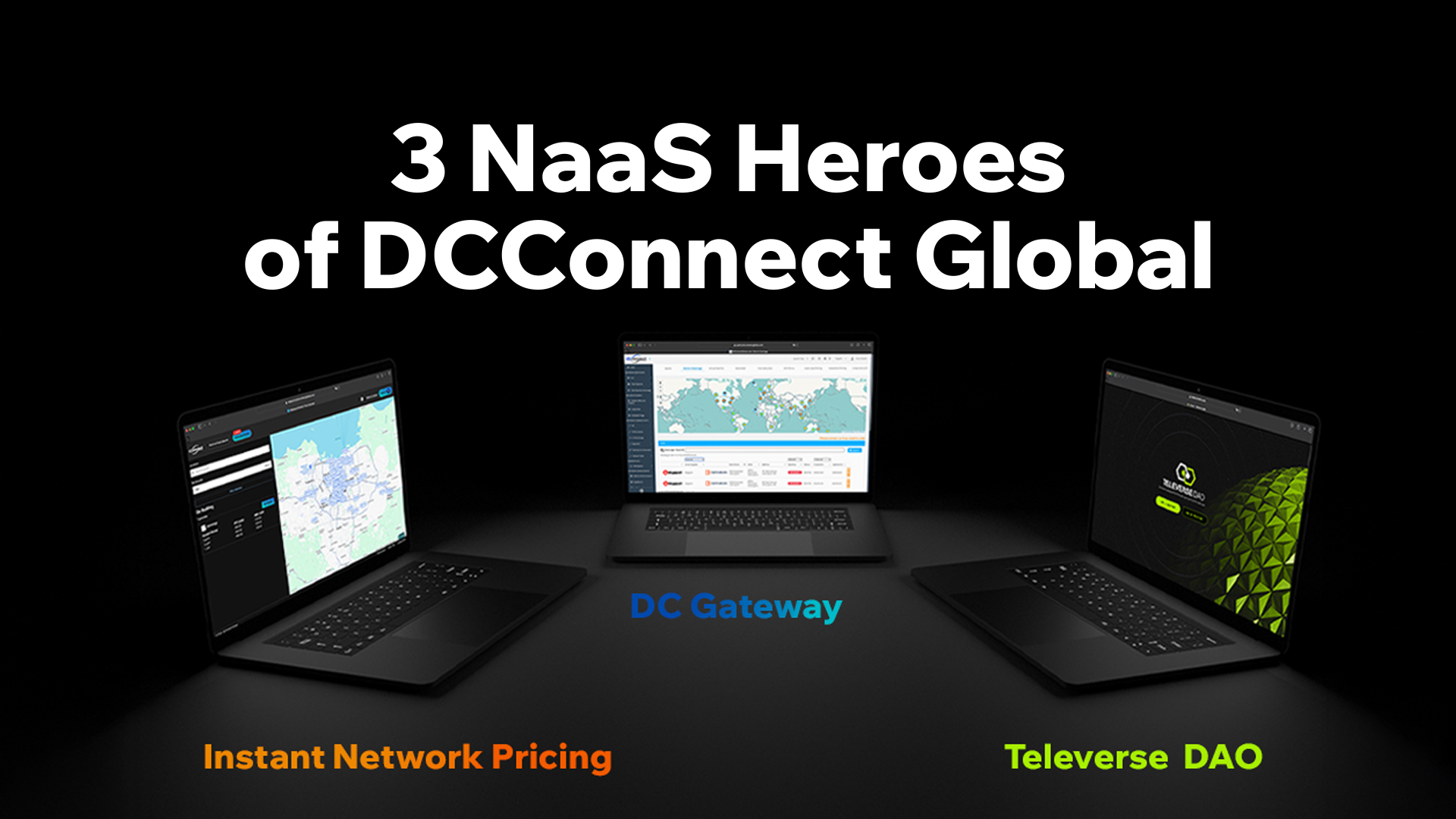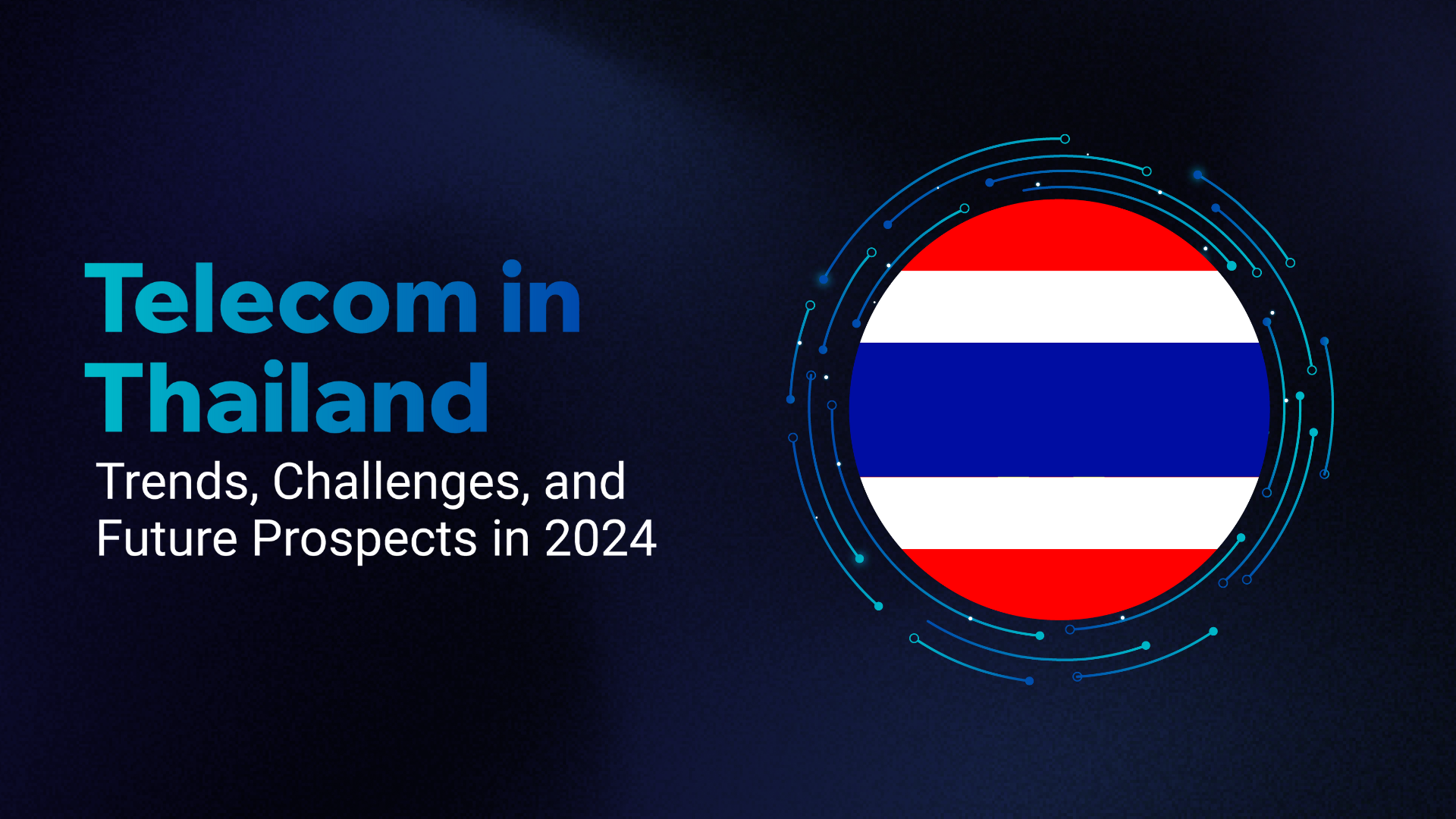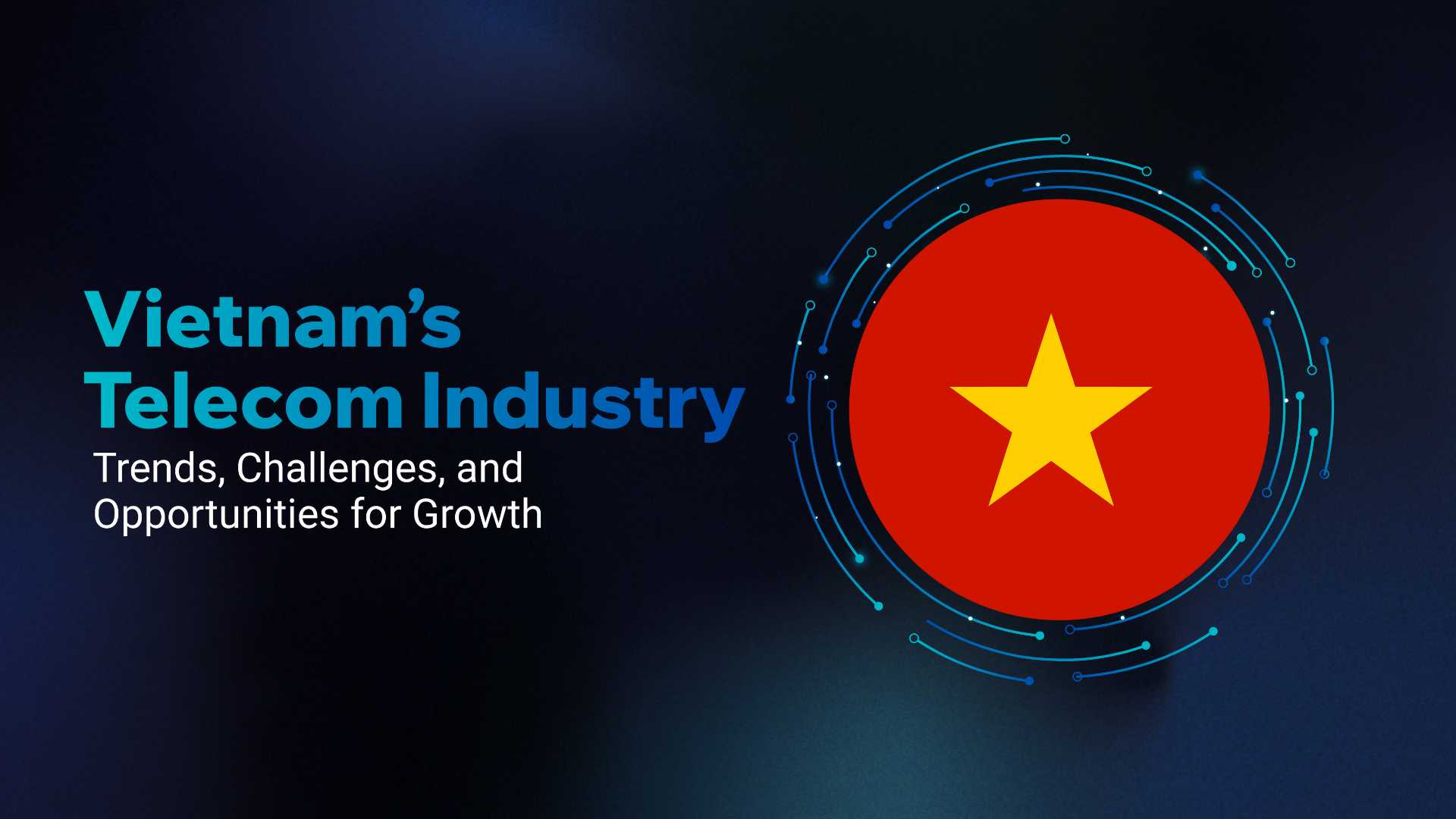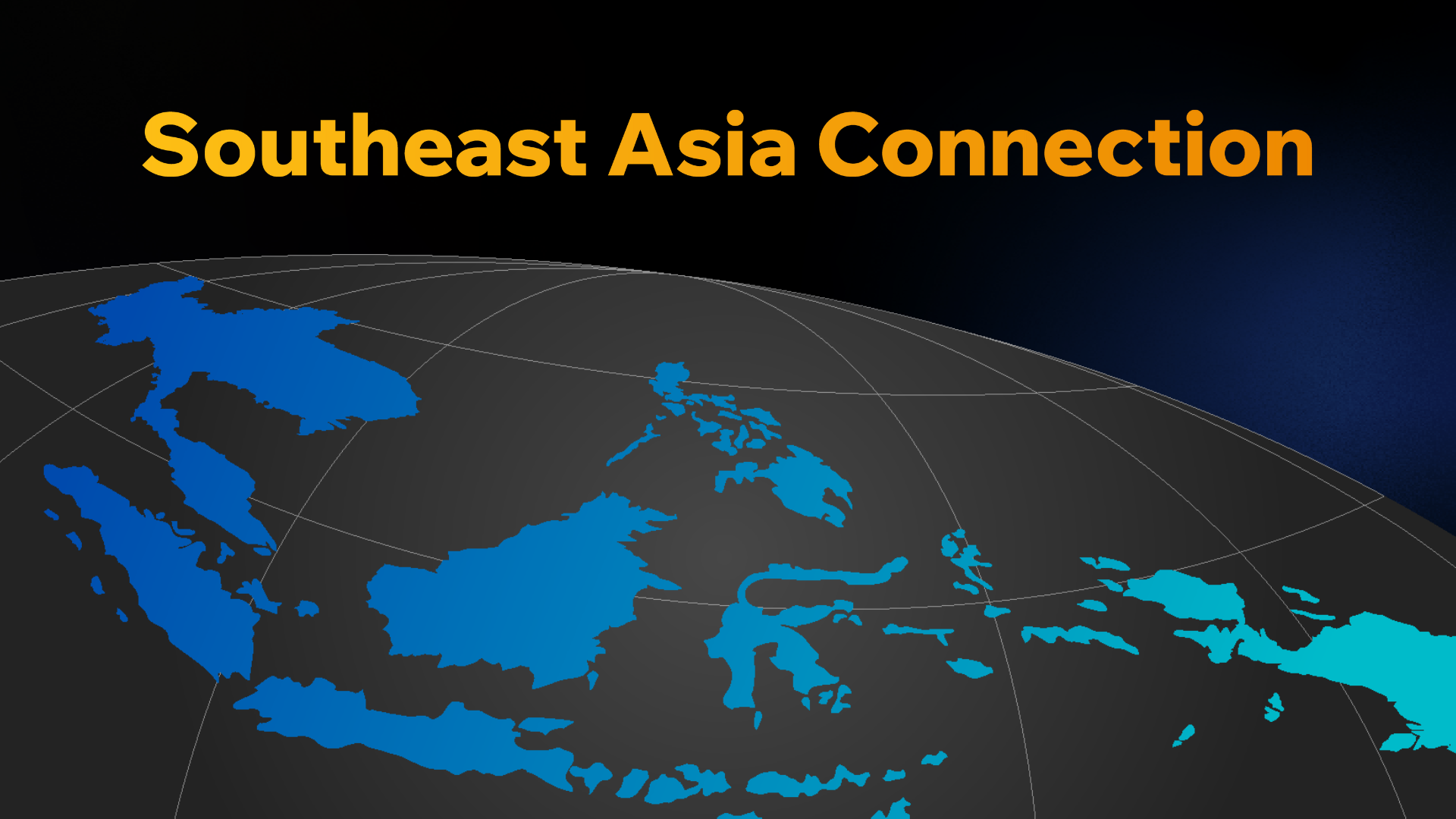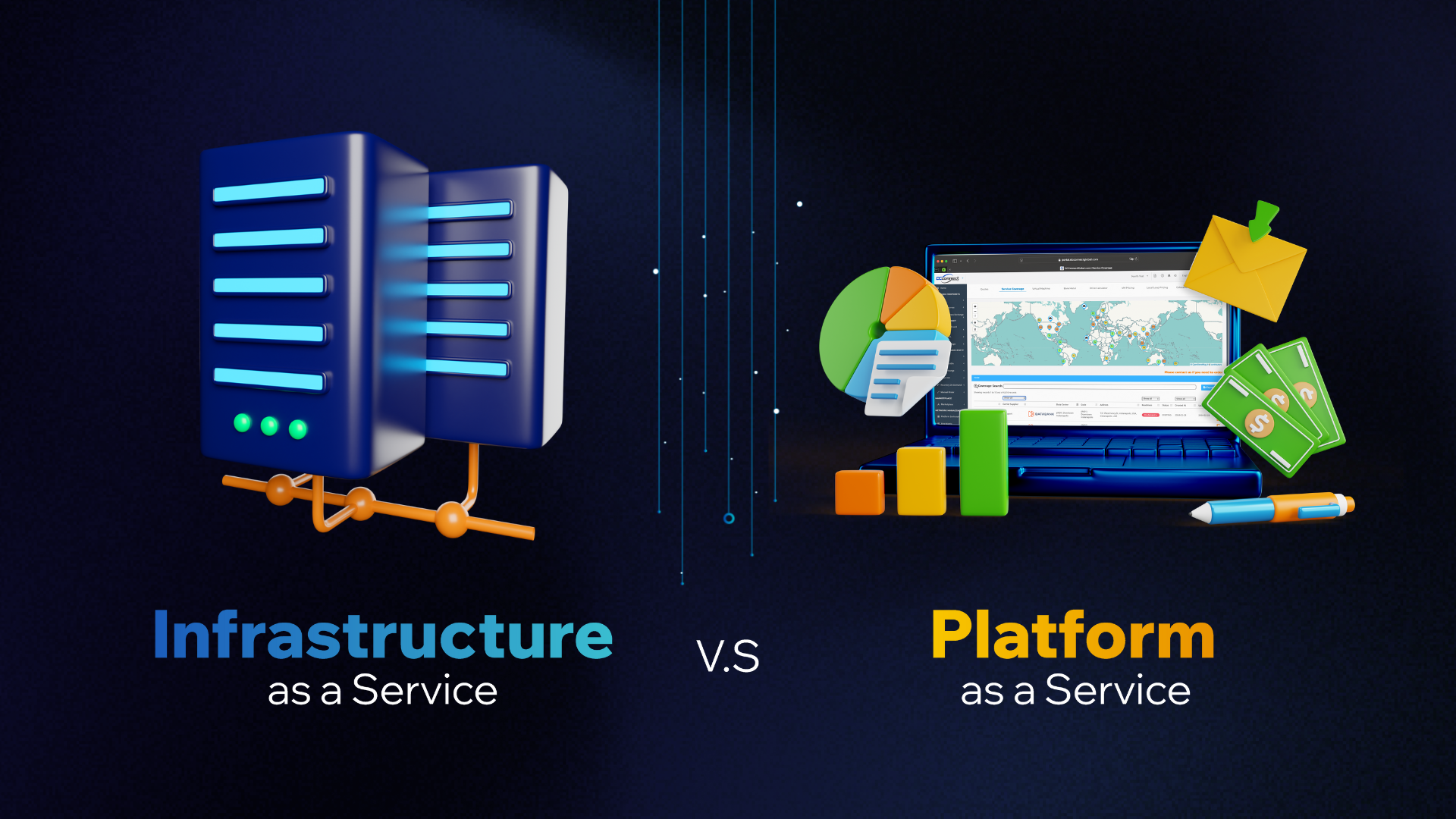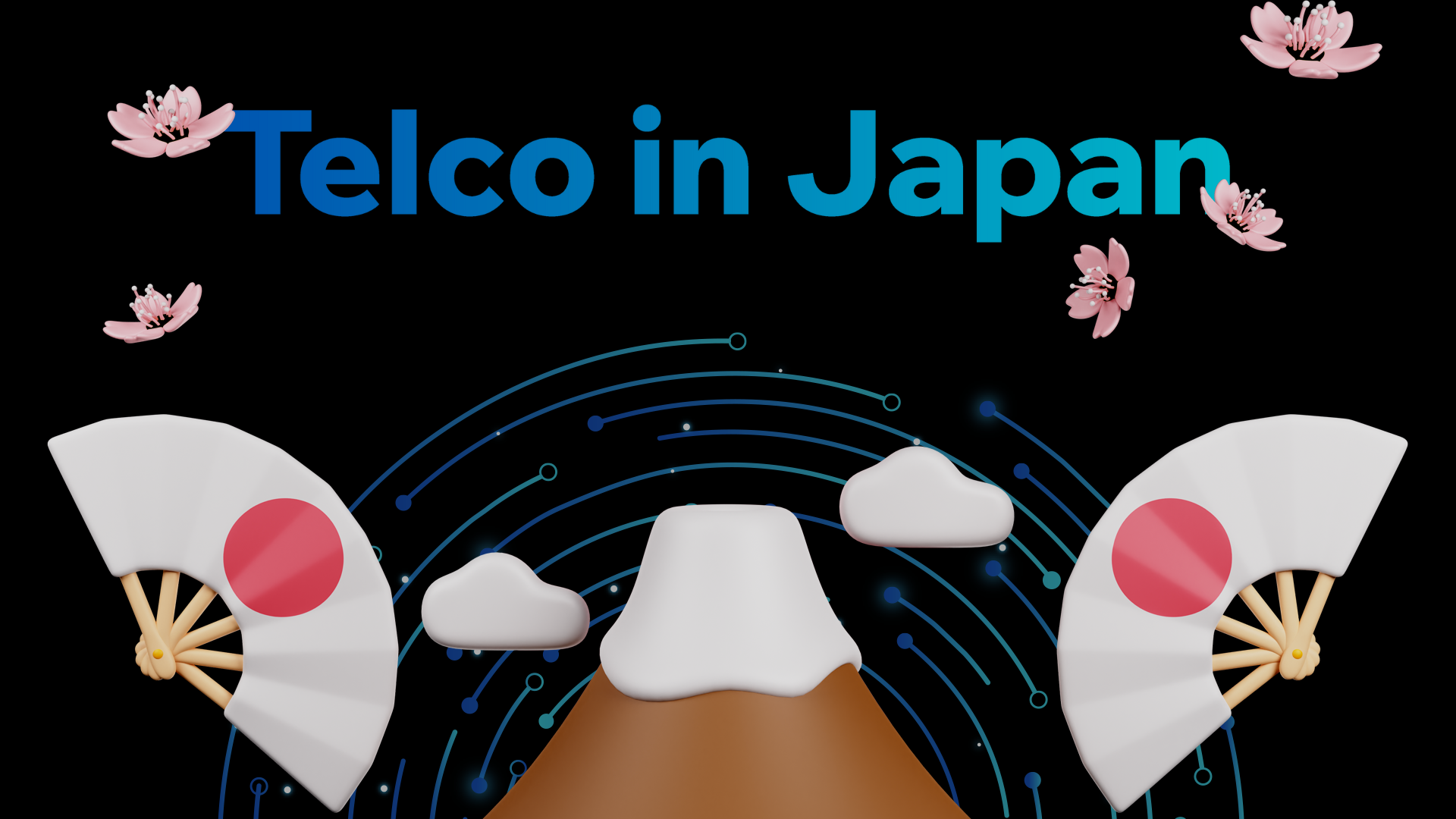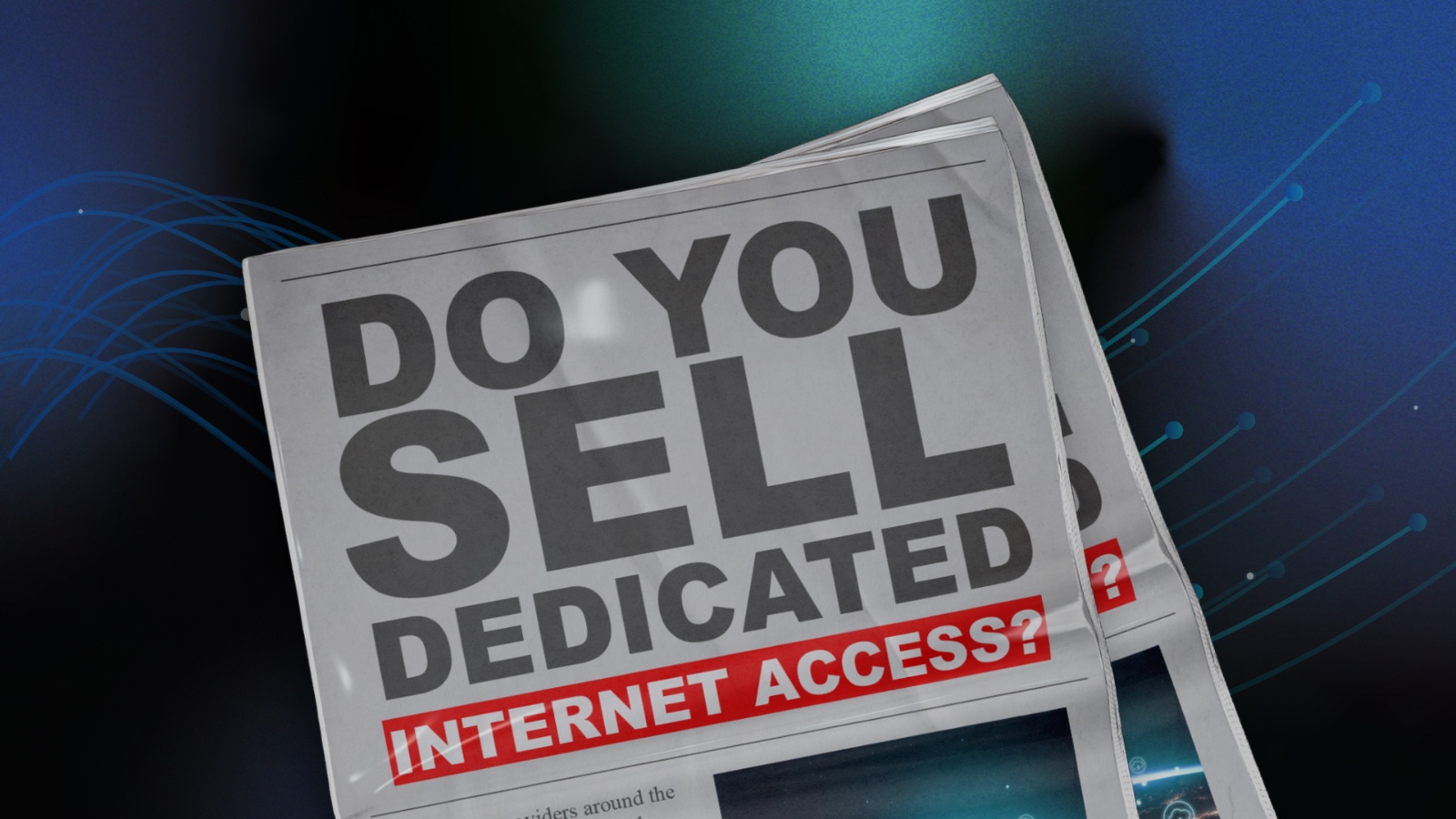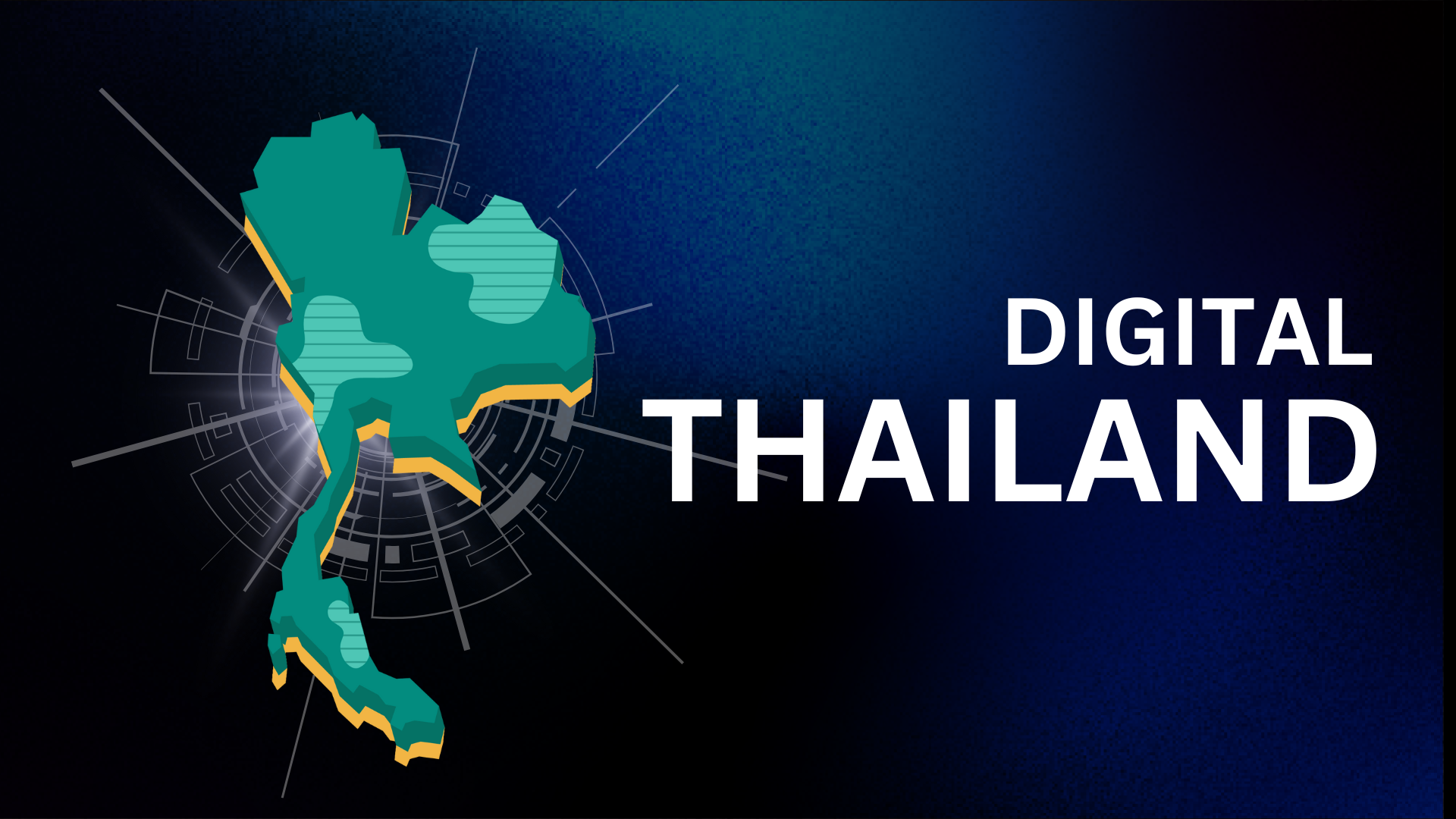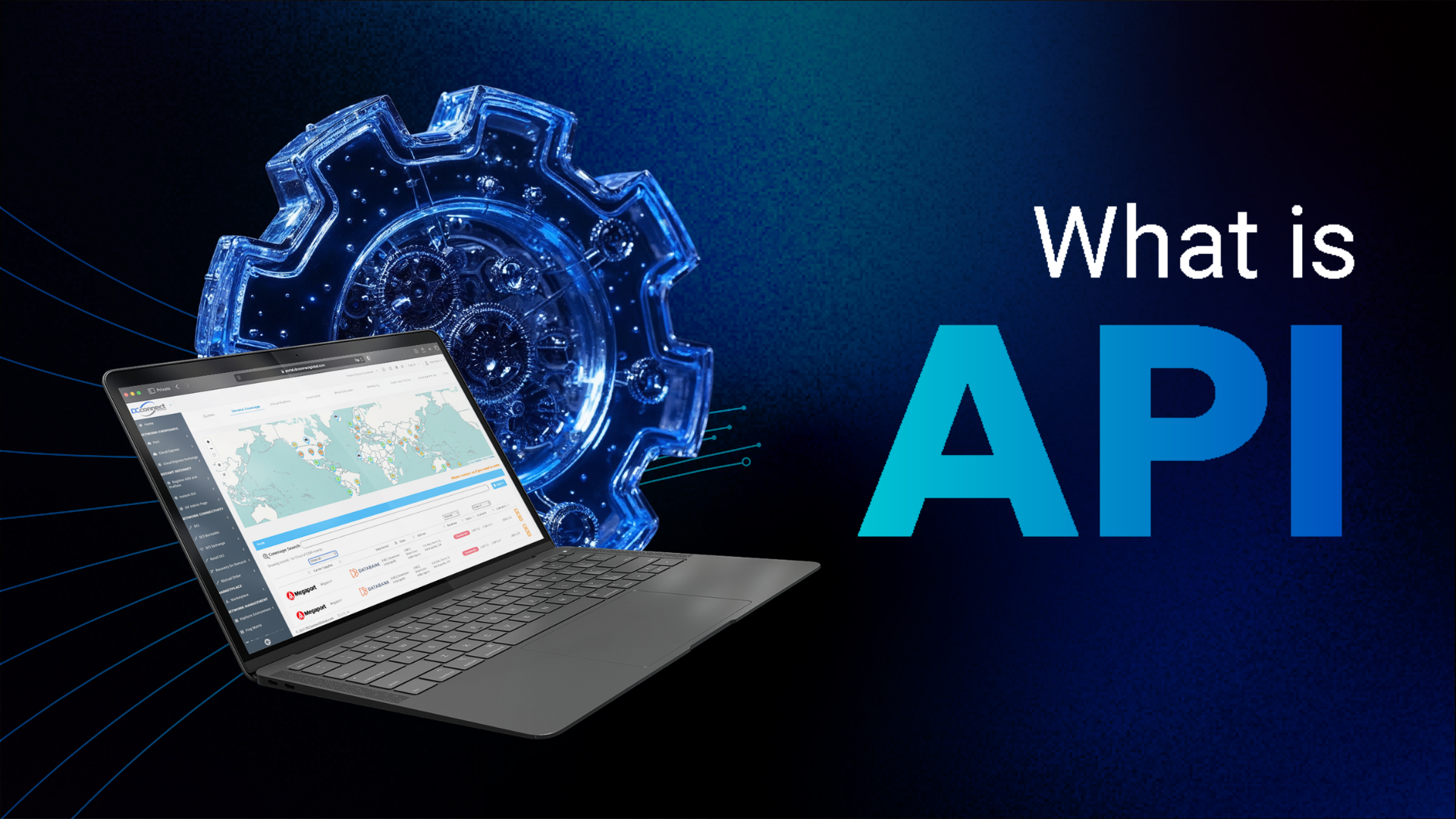Vietnam’s Telco sector has surged, showcasing its resilience, adaptability, and commitment to meeting the country’s connectivity needs. With a strong emphasis on network expansion, 5G integration, and infrastructure modernization, Vietnam Telco Industries are setting a new standard in Southeast Asia. The industry encompasses mobile network operators, internet service providers, and telecom equipment suppliers, each playing a crucial role in linking people, businesses, and technology. Vietnam’s telecom market growth is fueled by a blend of government support, foreign investment, and local entrepreneurship. The industry has successfully established competitive pricing for its services, drawing in millions of new users yearly and boosting digital penetration. This connectivity lays the foundation for a robust digital economy, empowering startups, tech hubs, and digital transformation in both urban and rural areas. The Role of Telco in Vietnam’s EconomyTelecommunications in Vietnam have been instrumental in advancing the country’s economy, linking communities and driving productivity. With the government’s “Digital Vietnam” strategy, Telco has become a pillar for national economic growth. By promoting internet access and embracing high-speed data services, Telco industries enable e-commerce, education, and healthcare systems to thrive. The economic impact is significant. Enhanced communication infrastructure encourages foreign direct investment (FDI), as it enables global companies to consider Vietnam a favorable destination for outsourcing and digital services. This investment not only fuels Vietnam’s Telco industries but also supports secondary sectors that rely on robust connectivity. Innovations Driving Vietnam’s Telecom GrowthVietnam’s telecom industry is increasingly becoming synonymous with innovation. Advances in 5G technology, fiber-optic deployment, and cloud services are all in the works, ensuring high-speed internet access and low-latency connectivity for millions. With IoT gaining momentum, Vietnam Telco industries are venturing into smart city solutions and connected devices that transform daily lives. Among the latest innovations is 5G deployment, which promises seamless connectivity, faster speeds, and expanded network capacity. Moreover, fiber-optic expansion is critical in bridging the connectivity gap in underserved areas, especially in rural regions. 5G and Beyond: Vietnam’s Telecom FutureThe launch of 5G is a pivotal step for Vietnam’s telecom sector. With extensive testing and phased rollouts, 5G technology brings enhanced speeds, data capacity, and service quality. Vietnam is among the first ASEAN countries to invest substantially in 5G, expecting to reach substantial nationwide coverage within a few years. This next-gen technology is also the backbone for emerging technologies such as Augmented Reality (AR), Virtual Reality (VR), and the Internet of Things (IoT). By laying the groundwork for these applications, Vietnam’s Telco industry is preparing for a digital transformation that could benefit diverse sectors, from entertainment to manufacturing. Digital Infrastructure AdvancementsInfrastructure improvements have been fundamental to Vietnam’s telecom evolution. Upgrading fiber networks, expanding data centers, and deploying mobile towers across remote regions help ensure that all citizens have reliable digital access. Investments in data centers are also on the rise, with both private companies and the government recognizing the need for secure, localized data storage to meet demand. The push for infrastructure in rural regions is also notable. Despite the logistical challenges, Telco providers are leveraging partnerships to bring affordable mobile and internet services to these underserved areas. Government Support and PoliciesVietnam’s government has recognized telecommunications as a priority, implementing supportive policies to foster growth. Through the National Digital Transformation Roadmap, the government plans to improve connectivity, encourage digital literacy, and create a favorable investment climate. These efforts are complemented by regulations that seek to protect data privacy and ensure fair competition within the sector. The Telecoms Law and related decrees continue to shape the industry’s framework, providing guidelines for foreign investment, quality standards, and consumer protection. As the demand for connectivity grows, government initiatives remain essential to scaling the industry responsibly and sustainably. Investment Opportunities in TelcoVietnam’s telecom industry offers diverse investment opportunities, particularly in areas like 5G technology, data centers, and broadband expansion. The country’s increasing digital penetration and reliance on online services make it a prime market for both local and international investors. High growth in mobile and internet usage, combined with a young, tech-savvy population, ensures a high return on investment for telecom ventures. Additionally, foreign companies are exploring partnerships with local Telco providers to introduce new technologies, expand market reach, and gain insights into Vietnam’s emerging consumer base. Challenges Facing Vietnam’s Telecom SectorDespite its successes, Vietnam’s telecom sector faces challenges such as regulatory compliance, cyber threats, and infrastructure limitations. Adapting to rapidly evolving technology can strain resources, and some rural areas still have limited access due to geographic obstacles. Cybersecurity is an ever-growing concern, as increased connectivity also means more vulnerabilities. Vietnam Telco industries are focusing on building secure networks and implementing protocols to guard against data breaches and other cyber risks. Vietnam’s Telco on the Global StageVietnam’s telecommunications sector is increasingly recognized internationally, with its technology exports gaining traction across Asia and beyond. Global partnerships, such as with telecom providers from Japan and South Korea, enable Vietnamese companies to leverage world-class expertise, further boosting their capabilities. This international collaboration strengthens Vietnam’s position in the global telecom market, allowing local companies to not only serve domestic needs but also contribute to regional and international telecom solutions. ConclusionVietnam’s Telco industry has come a long way, demonstrating innovation, growth, and resilience. Supported by a forward-looking government, strong domestic players, and an open door for foreign partnerships, Vietnam is poised to become a leader in telecom within the region. As 5G, IoT, and other digital technologies continue to evolve, Vietnam Telco Industries will play an even more significant role in shaping the country’s future.
